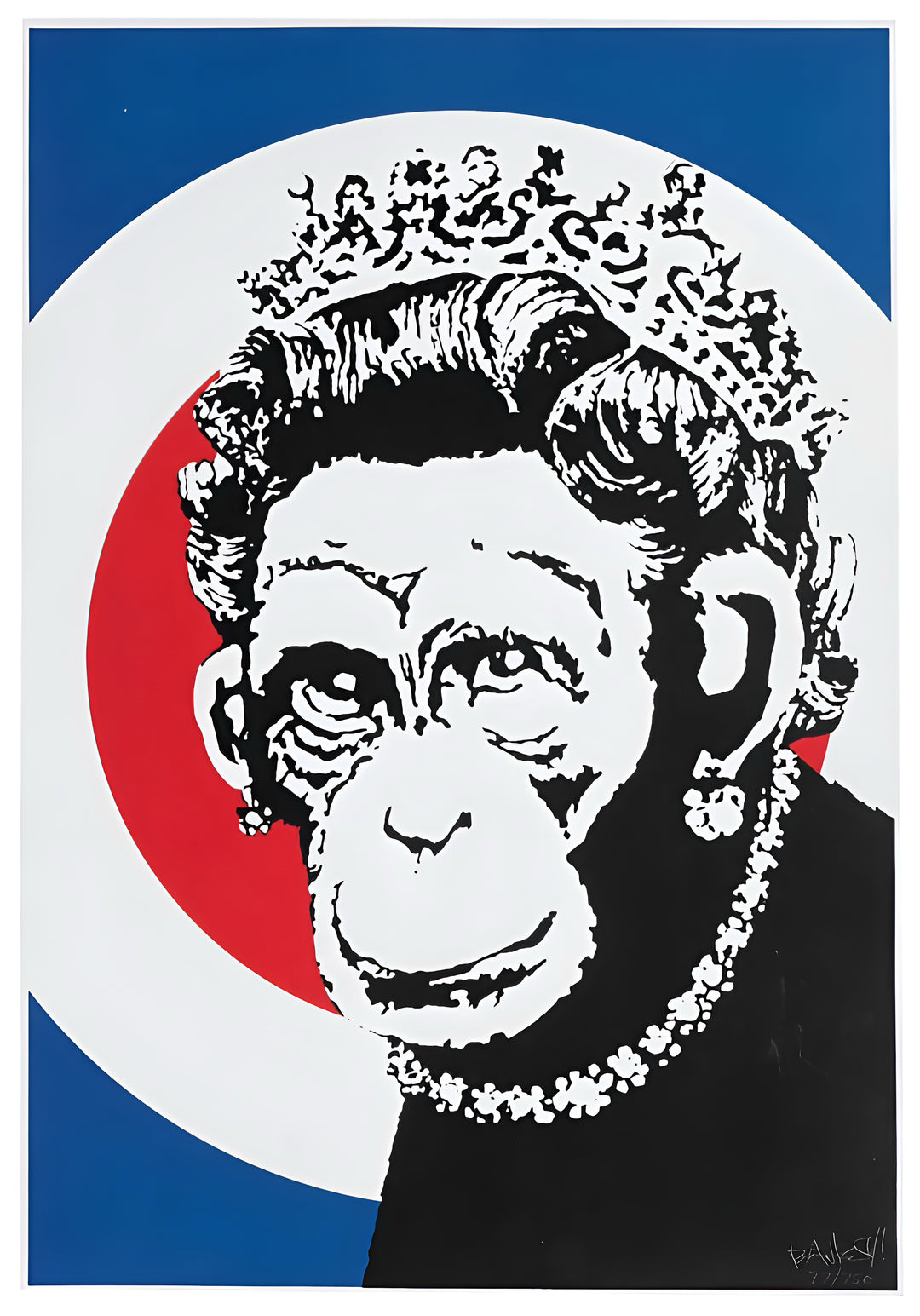
Stencil
Stenciling, or stencil in English, is an artistic technique that allows the creation of images through pre-cut templates, through which paint is applied to reproduce a design on a surface. This technique has been used since ancient times, with examples in cave art, but it gained great relevance in the 20th century, especially in the realm of urban art. Its ease of replicating multiple images quickly makes it an ideal tool for artistic expression in public spaces, where time and precision are essential to avoid intervention by law enforcement.
Stenciling was influenced by pop art, particularly by artists like Andy Warhol, who used screen printing as a mass reproduction technique, to explore the relationship between art and consumer culture. In turn, the technique has influenced contemporary art movements, where it has become a fundamental resource for artists like Banksy, who uses stencil to convey political and social messages with a minimalist and quick-impact aesthetic. Through the use of templates, art can intervene in urban space, making the message reach directly to the viewer in their everyday environment.
One of the most interesting technical aspects of stenciling is its ability to combine precision and spontaneity, which has led artists like Jean-Michel Basquiat and Keith Haring to employ it in their works to merge gallery art with urban interventions. These artists found in stencil a way to question the hierarchies of traditional art and connect directly with a mass audience. The contrast between the exact design of the templates and the possibility of applying them on any surface has been key to its popularity.
Stenciling has influenced contemporary art and transformed the way works are experienced, often allowing streets to become open-air museums.



